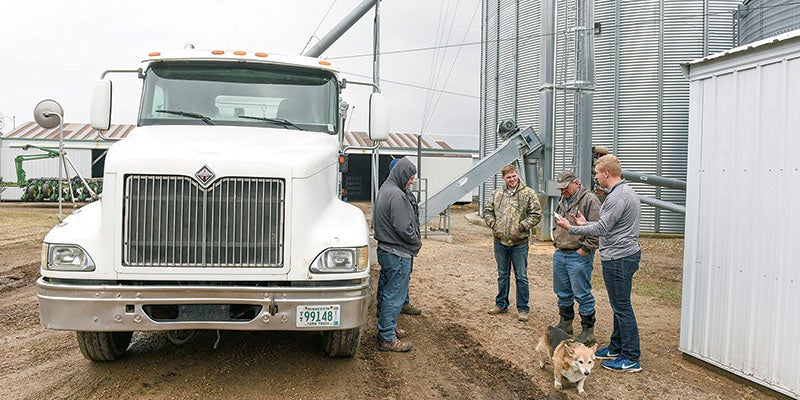District looks at overcrowding solutions
Published 8:02 am Friday, December 10, 2010
Austin residents will get the chance to recommend how Austin Public Schools solves impending overcrowding issues.
Members of the Facilities Committee outlined a process to create a task force to examine solutions as to how Austin Public Schools will deal with increasing enrollment. Thanks to a demographic study completed last year and a recent facility usage report showing every school except for Austin High School over capacity, school officials are looking to community members to find ways to ease the problems caused by student overcrowding.
“The solution, in my mind, has to come from the community,” said Mark Stotts, the district’s director of finance and operations. “Whatever solution is derived has to come from the community.”
The task force will consist of up to 30 volunteers who must dedicate their time between January and April to meet and brainstorm solutions to the space needs the district currently has, and then make a recommendation to the Austin Public School Board. District officials hope these members will include parents, business leaders, representatives of the city and county government, a representative from Riverland, retirees, district staff members and even high school students, although nothing has been set in stone.
All options are on the table, from switching grades to different buildings to district boundary changes. Renovating and converting facility space, creating possible additions and building a new school are also options, although it will be up to the task force to weigh these possibilities.
Task force members would have to come up with realistic solutions to the space issues the district has, as almost all district schools are currently over capacity, with the exception of Austin High School. Because of this, the task force would have to create solutions for students at the kindergarten, elementary and middle school level only.
“We’re probably 300 to 400 kids over at Ellis over the next five years, and the same at the elementary,” Krenz said.
The group would have to acknowledge they can’t make large decisions, such as setting school boundaries, which would normally be done by the school board.
The task force will most likely grapple with several challenges, such as the costs of whatever solution may be proposed, along with making sure the recommendation is in line with the strategic planning road map for the next five years, which the district is in the midst of finalizing. If, for example, the task force recommended a large-scale construction project, the group would have to weigh the costs of how to build whatever space they recommended.
“Until you’ve gone through a large scale building process, sometimes people don’t understand building costs,” Aaron Keenan, a district board member said Thursday in the facilities committee meeting.
This group would ultimately present a recommendation to the district board by its May meeting, possibly giving a presentation at the April special session. The board and the district would then have the summer to further research and perform cost-benefit analyses to see whether the task force’s recommendation would be beneficial to the district. The board and district would also have to consider if the recommendation is in line with the district’s strategic planning over the next five years.
The school board would have until September to accept or work out another plan, as the board has the final decision on whatever solution the district implements. September is the latest a proposal can be approved by the board, in case the district has to put forth a levy referendum to the community to pay for whatever solution is approved, according to David Krenz, the district’s superintendent.
District officials will be busy preparing for the task force. Keenan will make a presentation to the school board during the Dec. 13 meeting, which is moved to 5:30 p.m. to accommodate the AHS Holiday Choir Concert. From there, district officials will recruit community members and residents to be a part of the task force, as well as accept any volunteers who wish to be a part of the solution process.
Those who are interested in being a task force member should contact Krenz or Stotts through their office phone numbers or district e-mail addresses, which can be found at the district’s web site at www.austin.k12.mn.us.
The task force will have their work cut out for them, as most of the district’s facility space is in use right now, making solutions like moving grades to different buildings almost unworkable.
“The spaces aren’t there,” Krenz said.
Yet Krenz and other district officials hope the task force looks at all possible solutions, even if some of them will be ruled out right away.
“You start out with something, what you think is possible, but it may not necessarily be possible,” Stotts said. “It doesn’t mean that’s going to be the ultimate solution.”





